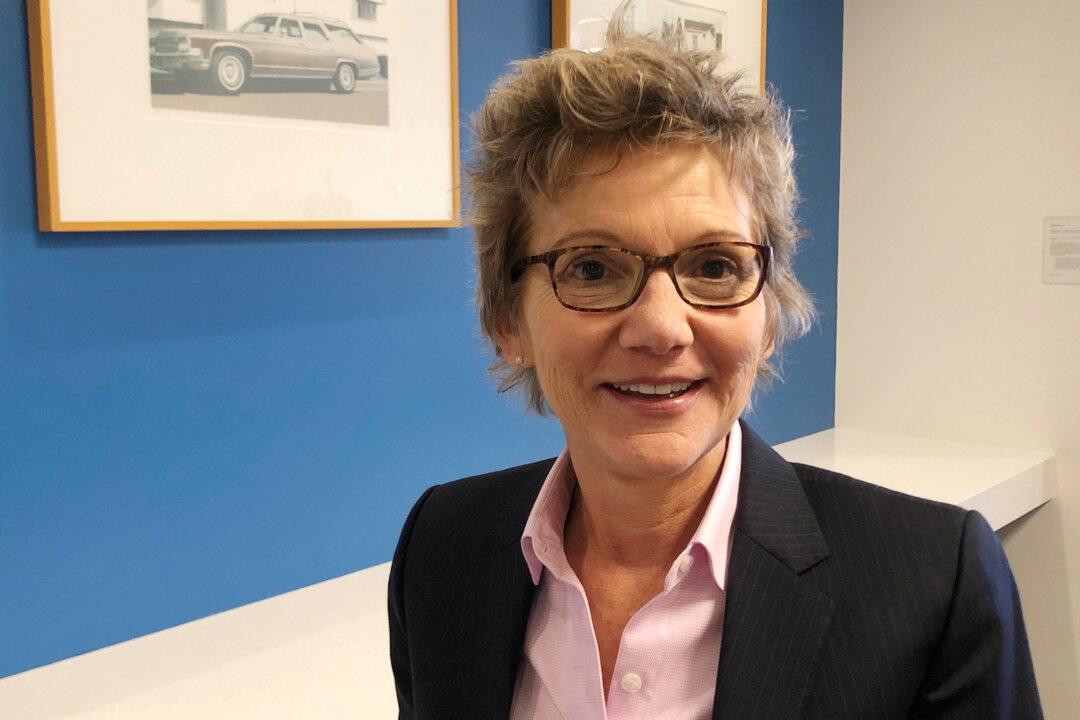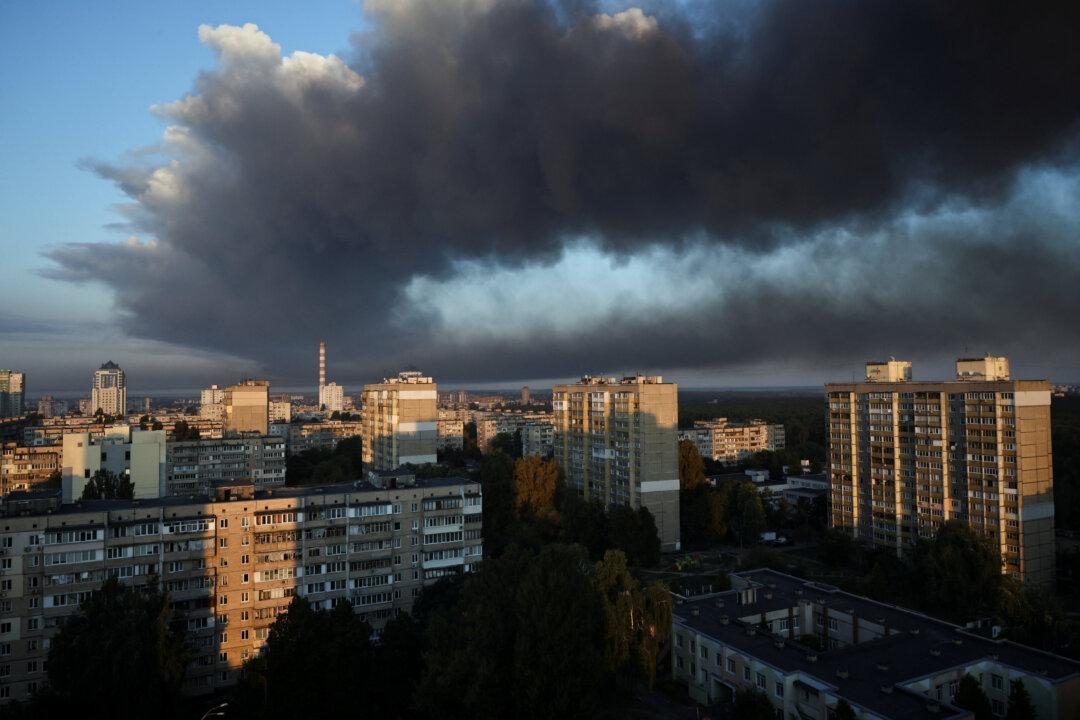San Francisco Federal Reserve Bank President Mary Daly said on Wednesday she expects the U.S. central bank will need to raise rates at least four times this year, and likely more, to stop high inflation from getting worse.
“There is broad agreement that inflation is too high and the policy rate is too low,” Daly said at the Los Angeles World Affairs Council & Town Hall.





